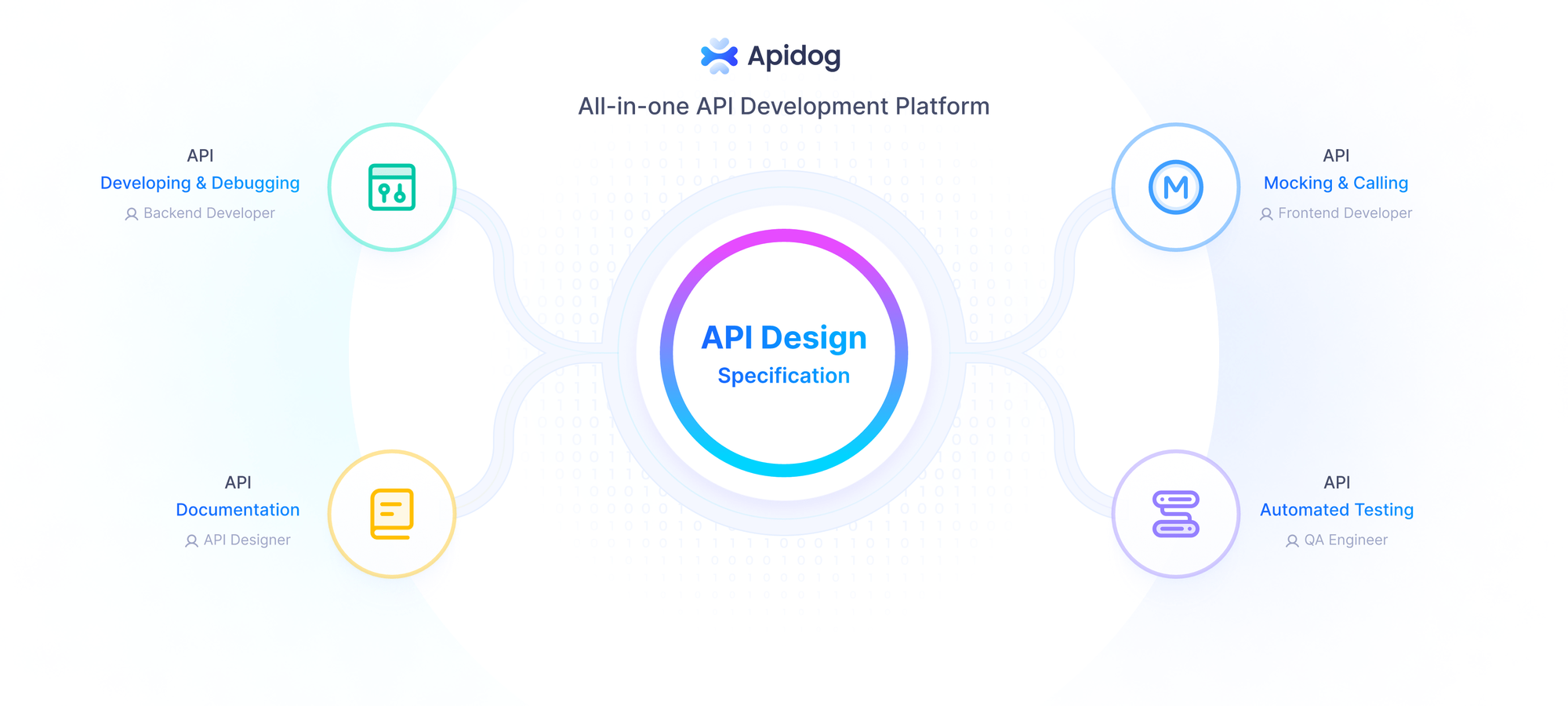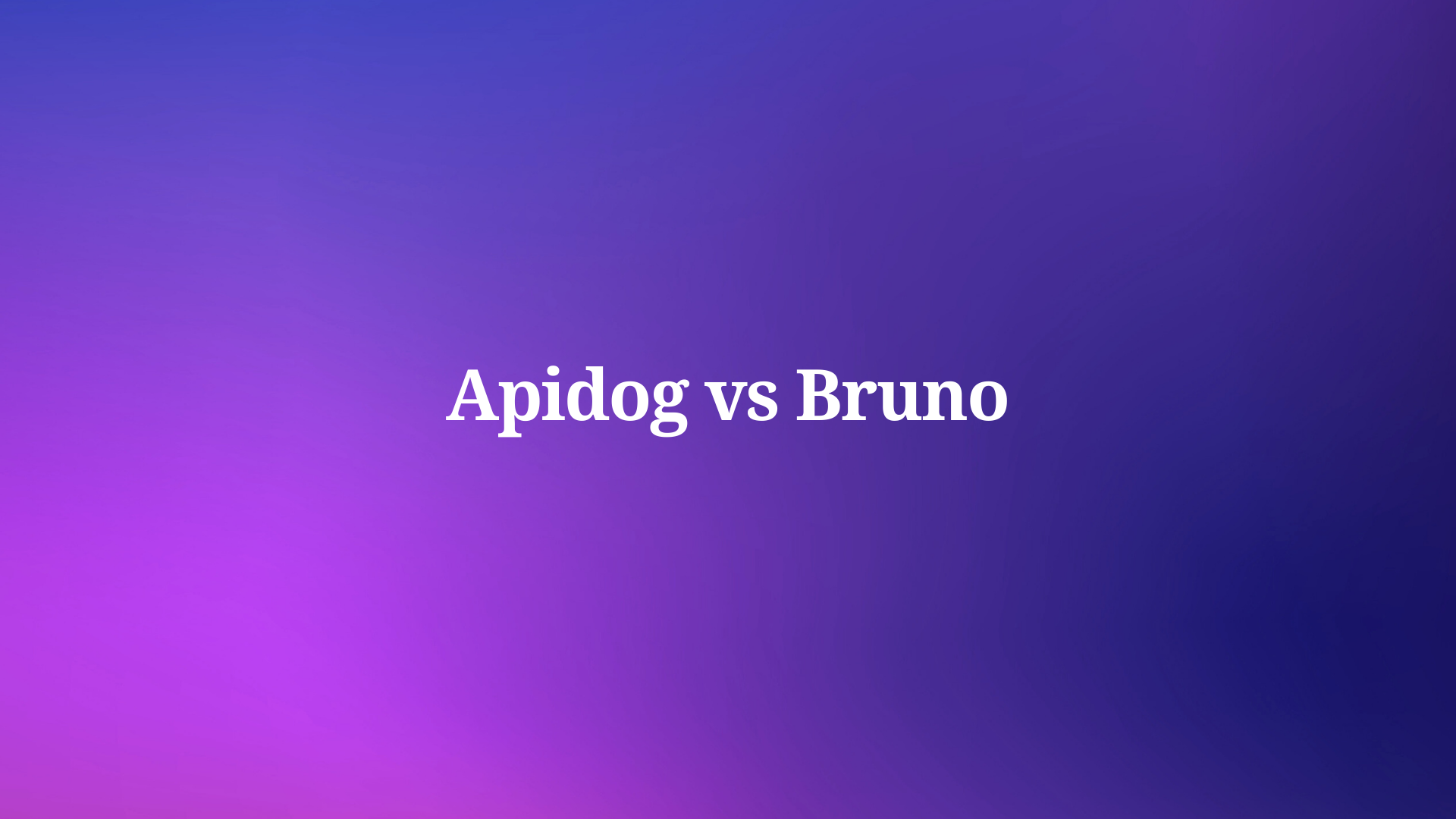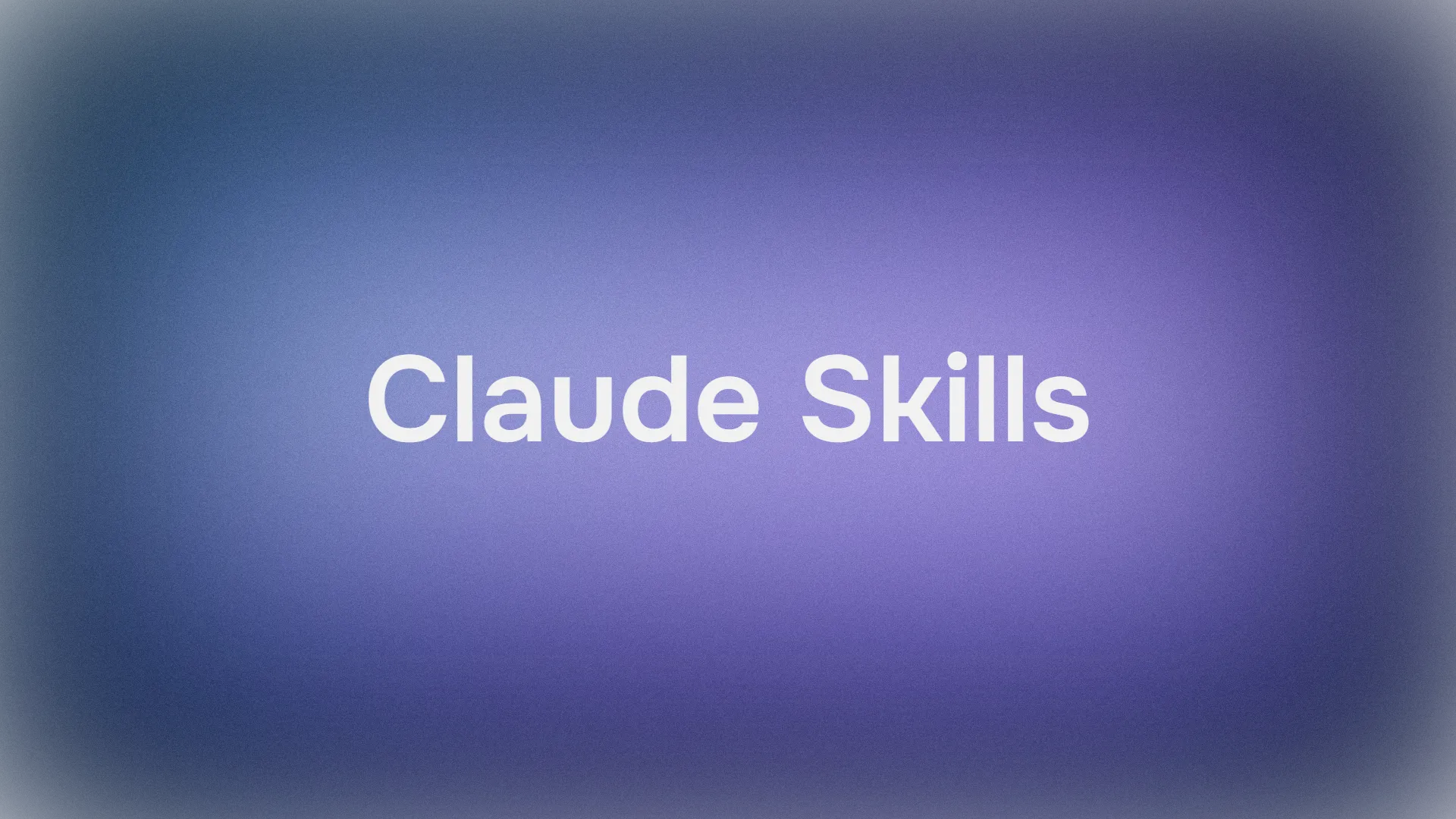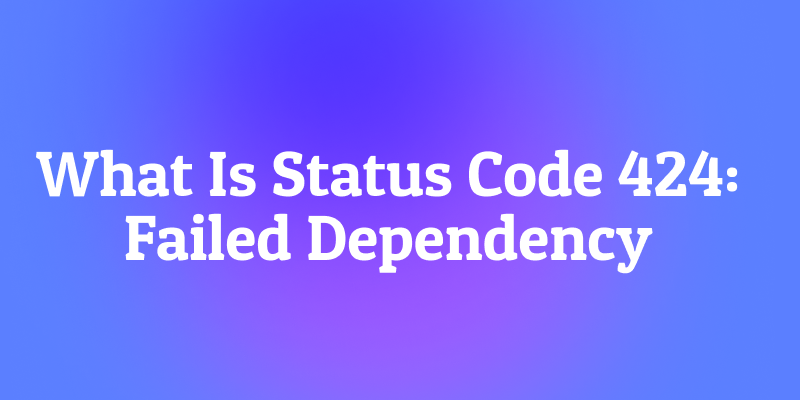The API development landscape continues to evolve rapidly, with new tools emerging to challenge established platforms. Among these innovative solutions, both Apidog and Bruno have gained significant traction among development teams seeking alternatives to traditional API clients. While both platforms address core API testing needs, they represent fundamentally different approaches to API development workflows.
Understanding the Core Philosophy: Cloud-First vs Git-Native Approaches
The fundamental difference between Apidog and Bruno lies in their architectural philosophy and data management strategies. This distinction shapes every aspect of how teams interact with these platforms and influences their long-term scalability within development organizations.
Apidog: Integrated API Lifecycle Management
Apidog positions itself as a comprehensive API lifecycle management platform that consolidates multiple development phases into a single environment. The platform integrates API design, documentation, testing, mocking, and monitoring capabilities within a unified interface. This approach eliminates the need for context switching between different tools and maintains consistency across the entire API development process.

The platform's cloud-first architecture enables real-time collaboration among distributed teams while maintaining centralized control over API specifications and testing protocols. Consequently, organizations can establish standardized API development practices that scale across multiple projects and development teams.
Bruno: Git-Native Offline-First Philosophy
Bruno takes a radically different approach by embracing offline-first development with git-native version control integration. The platform stores API collections directly in the filesystem using a plain-text markup language called Bru. This design philosophy prioritizes data privacy and developer autonomy while leveraging existing version control workflows.

Bruno stores your collections directly in a folder on your filesystem. We use a plain text markup language, Bru, to save information about API requests. You can use Git or any version control of your choice to collaborate over your API collections. This approach resonates strongly with developers who prefer maintaining complete control over their data and development artifacts.
Feature Comparison: Comprehensive vs Focused Functionality
The feature sets of Apidog and Bruno reflect their different philosophical approaches, with each platform optimizing for specific use cases and development workflows.
Apidog Feature Portfolio
Apidog provides an extensive feature set that covers the entire API development lifecycle. The platform includes visual API design tools that support OpenAPI specifications, enabling teams to design APIs before implementation begins. The integrated documentation system automatically generates comprehensive API documentation from specifications, ensuring consistency between design intent and actual implementation.

Testing capabilities extend beyond basic request execution to include automated test generation, comprehensive test scenario management, and detailed assertion frameworks. The platform's mocking functionality allows developers to create realistic API responses during development phases, facilitating frontend-backend parallel development workflows.
Performance testing features enable teams to evaluate API behavior under various load conditions directly within the same environment used for functional testing. This integration eliminates the need for separate performance testing tools and maintains consistency in testing methodologies.
Bruno Core Functionality
Bruno focuses on delivering essential API testing capabilities with exceptional performance and developer experience. The platform excels at request composition, environment management, and basic authentication handling. Its minimalist interface reduces cognitive overhead while maintaining access to advanced features when needed.

The platform's strength lies in its seamless integration with existing development workflows. Since all API collections exist as files within the project directory, developers can leverage standard git operations for branching, merging, and reviewing API changes alongside code modifications.
Bruno's scripting capabilities support JavaScript for pre-request and post-request processing, enabling custom authentication flows and response validation logic. However, these capabilities remain focused on essential testing scenarios rather than comprehensive test automation frameworks.
Collaboration Models: Team Synchronization Strategies
The collaboration approaches of Apidog and Bruno represent fundamentally different paradigms for team coordination and knowledge sharing in API development projects.
Apidog Team Collaboration Features
Apidog implements centralized collaboration through cloud-based workspaces that enable real-time synchronization across team members. The platform provides role-based access controls, allowing organizations to define granular permissions for different team functions. Project managers can restrict modification permissions while granting read access to stakeholders who need visibility into API specifications.
The platform's commenting and review systems facilitate asynchronous collaboration on API designs and test cases. Team members can provide feedback directly within the context of specific API endpoints or test scenarios, creating audit trails for design decisions and implementation changes.
Version history tracking maintains comprehensive records of all modifications, enabling teams to understand the evolution of API specifications and revert changes when necessary. The centralized approach ensures that all team members work with consistent, up-to-date information regardless of their local environment configuration.
Bruno Git-Based Collaboration
Bruno leverages standard git workflows for team collaboration, treating API collections as first-class development artifacts subject to version control practices. This approach enables teams to apply established branching strategies to API development, creating feature branches for experimental endpoints and using pull requests for peer review processes.

The git-native approach provides exceptional merge conflict resolution capabilities since API specifications exist as plain-text files. Developers can use familiar diff tools and merge strategies to resolve conflicts in API collections, applying the same expertise developed for source code management.
Branch protection rules and required reviews can be applied to API collections, ensuring that changes undergo appropriate scrutiny before merging into main development branches. This approach maintains consistency with existing development governance practices without introducing additional approval workflows.
Version Control Integration: Data Management Philosophies
The approaches to version control integration reveal fundamental differences in how Apidog and Bruno conceptualize API development artifacts and their relationship to source code management.
Apidog Version Management
Apidog implements internal version control systems that track changes within the platform's cloud infrastructure. The system maintains comprehensive audit logs and enables point-in-time recovery for API specifications and test configurations. However, this approach operates independently of source code version control systems.
Integration with git repositories occurs through export/import workflows and CI/CD pipeline integrations rather than native git operations. Teams can configure automated synchronization between Apidog workspaces and git repositories, but this requires additional configuration and maintenance overhead.

The platform compensates for this separation by providing advanced branching capabilities within its interface, enabling teams to create environment-specific configurations and feature-specific test suites without external version control complexity.
Bruno Git Integration Advantages
Bruno is offline-only. There are no plans to add cloud-sync to Bruno, ever. We value your data privacy and believe it should stay on your device. This commitment to offline operation enables seamless git integration since all API artifacts exist as standard files within project repositories.
Developers can commit API changes alongside code modifications, creating atomic commits that capture complete feature implementations. This approach ensures that API specifications remain synchronized with implementation changes and enables precise rollback capabilities when issues arise.
Performance and Resource Utilization
The architectural differences between Apidog and Bruno result in distinct performance characteristics that impact developer productivity and system resource utilization.
Apidog Performance Characteristics
Apidog's web-based architecture provides consistent performance across different operating systems and hardware configurations. The platform leverages cloud infrastructure to handle compute-intensive operations such as large-scale test execution and performance analysis without consuming local system resources.
However, network connectivity requirements mean that performance can be impacted by internet latency and bandwidth limitations. Teams working in environments with restricted internet access may experience reduced functionality or performance degradation during network interruptions.
The platform's comprehensive feature set requires more substantial memory allocation and processing power compared to lightweight alternatives. Nevertheless, modern development workstations typically provide sufficient resources to support optimal performance without impacting other development tools.
Bruno Lightweight Architecture
Bruno's native desktop application provides exceptional performance characteristics through optimized resource utilization and minimal memory footprint. The platform's offline-first design eliminates network latency from request execution workflows, enabling faster iteration cycles during API development and testing phases.

Bruno is a fast and git-friendly open source API client, helping developers test and manage APIs efficiently. This performance focus becomes particularly apparent when working with large API collections or executing frequent test iterations during development cycles.
Security and Data Privacy Considerations
Security approaches reflect the fundamental architectural differences between cloud-based and offline-first platforms, with significant implications for organizational data governance policies.
Apidog Security Framework
Apidog implements enterprise-grade security measures including encryption in transit and at rest, comprehensive access controls, and audit logging capabilities. The platform's security certifications and compliance frameworks address requirements for organizations operating in regulated industries.
However, the cloud-based architecture requires organizations to evaluate data residency requirements and ensure compliance with applicable privacy regulations. API specifications and test data are transmitted to and stored within Apidog's cloud infrastructure, which may conflict with organizational policies regarding sensitive information handling.
The platform provides data export capabilities and deletion guarantees to support compliance with data protection regulations. Nevertheless, organizations must assess whether cloud storage of API specifications aligns with their security requirements and risk tolerance levels.
Bruno Privacy-First Approach
We value your data privacy and believe it should stay on your device. Bruno's offline-first architecture ensures that API specifications and test data never leave the developer's local environment unless explicitly shared through standard git operations.
This approach provides maximum data privacy and eliminates concerns about third-party data access or storage. Organizations with strict data governance requirements can utilize Bruno without evaluating external service security frameworks or negotiating data processing agreements.
The git-native approach enables organizations to apply existing source code security practices to API development artifacts. Repository access controls, encryption at rest, and backup procedures automatically extend to API collections without requiring separate security implementations.
Pricing Models and Cost Considerations
The economic models of Apidog and Bruno reflect their different approaches to software distribution and ongoing development sustainability.
Apidog Pricing Structure
Apidog operates on a freemium model with substantial functionality available in the free tier, making it accessible for individual developers and small teams. The pricing structure scales with team size and advanced feature requirements, providing predictable cost models for growing organizations.

Premium tiers include advanced collaboration features, enhanced security controls, and priority support services. The cloud-based infrastructure costs are incorporated into subscription pricing, eliminating the need for organizations to manage their own hosting infrastructure.
However, ongoing subscription costs can become significant for large teams, and organizations must factor these recurring expenses into long-term budgeting considerations. The total cost of ownership includes both subscription fees and the opportunity cost of vendor lock-in considerations.
Bruno Open Source Economics
Bruno's open-source model provides the core platform at no cost, with optional paid features available through the Golden Edition for teams requiring advanced functionality. According to, him the core of Bruno will remain free and open-source. This approach provides exceptional value for teams with basic API testing requirements.

The economic model eliminates ongoing subscription costs and vendor dependency concerns. Organizations can utilize Bruno indefinitely without licensing fees, making it particularly attractive for budget-conscious teams or projects with uncertain longevity.
However, the sustainability of open-source projects depends on community contributions and commercial support models. Teams should evaluate the long-term viability of their chosen tools and consider contributing to project sustainability through financial support or code contributions.
Making the Strategic Choice: Apidog vs Bruno
The decision between Apidog and Bruno ultimately depends on organizational priorities, team dynamics, and long-term strategic considerations for API development workflows.
Moving to Apidog
Apidog supports imports from major API clients including Postman, Insomnia, and OpenAPI specifications. The migration process requires team training on new collaboration workflows and potential restructuring of existing API organization patterns.

Moving to Bruno
Bruno accepts standard API formats and provides migration tools for popular clients. The transition requires git repository setup and team training on git-based collaboration for API development.
Conclusion
Apidog excels for teams requiring comprehensive API lifecycle management with advanced collaboration features. The platform suits distributed teams working on complex API portfolios with enterprise-level requirements.
Bruno provides superior value for teams prioritizing performance, privacy, and integration with existing git workflows. The platform appeals to development teams seeking lightweight, focused tools without ongoing subscription costs.
Both platforms represent significant improvements over traditional API development approaches. Your choice should align with team collaboration patterns, data governance requirements, and technical preferences.
Experience comprehensive API development capabilities with Apidog's free download and discover advanced features designed for modern development teams.



